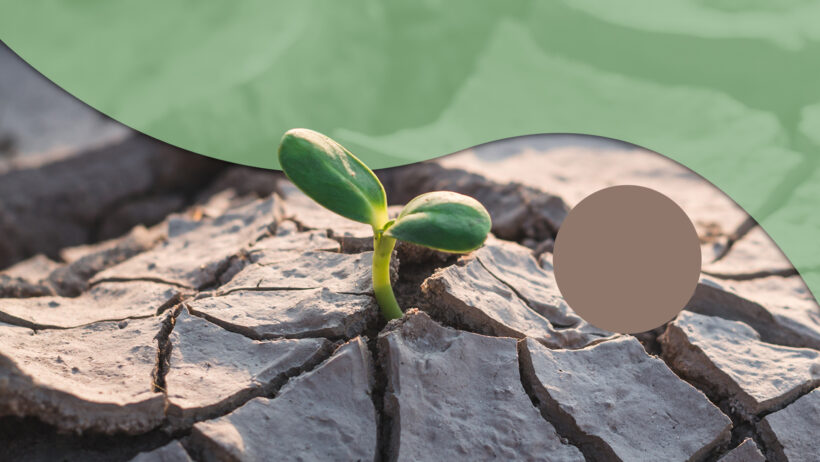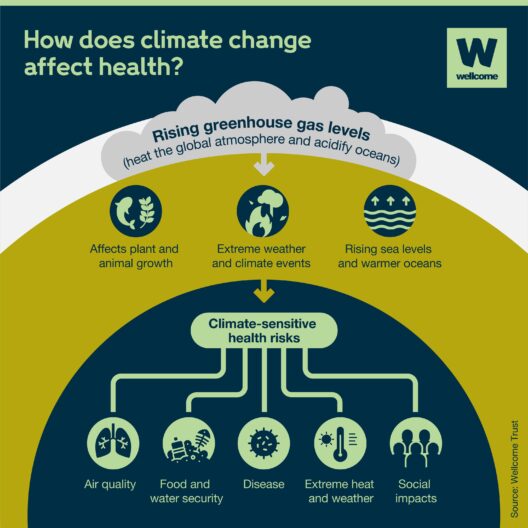The phenomenon of global warming has unfolded like a slow-moving tempest, reshaping ecosystems and instigating profound transformations within the botanical world. Plants, the silent sentinels of the Earth, have not remained passive in the face of rising temperatures. Instead, they have embarked upon a remarkable journey of adaptation and resistance that reveals the intricate interplay between biology and climate.
At the very heart of this transformation lies the ability of plants to exhibit phenotypic plasticity. This term refers to the capacity of a single genotype to express multiple phenotypes depending on environmental conditions. Much like a chameleon that adapts its colors to match the surroundings, plants adjust their morphology, physiology, and developmental processes in response to varying temperatures and moisture levels. Such adaptability is crucial, as stressors from climate change—elevated CO2 levels, erratic rainfall patterns, and extreme heat—threaten their survival.
As global temperatures rise, plants are shifting their geographical ranges. Species once confined to specific locales are now traversing latitudes and altitudes in search of habitable environments. This migration is akin to a grand exodus, where flora seek refuge from inhospitable conditions. For example, as the climate warms, certain tree species are sprouting new roots in cooler, higher elevations, while others are drifting poleward. However, this movement is not without its challenges. The introduction of plants into new ecosystems can upset local biodiversity, making it imperative for scientists to monitor these changes closely.
Moreover, plants are engaging in subtle yet profound chemical evolutions that endow them with enhanced resilience. Through evolutionary processes, vegetation is developing secondary metabolites—chemical compounds that serve various protective roles against herbivores and pathogens. As the climate stirs the pot of natural selection, species are evolving to produce increased quantities of these compounds. This chemical arms race pushes them beyond mere survival as they fortify themselves against a myriad of threats exacerbated by changing climates. It is as if they are donning an invisible armor to withstand the inexorable tides of environmental upheaval.
Another fascinating aspect of plant adaptation is the phenomenon known as “plant-animal interactions.” As certain species evolve to cope with warmer climates, their relationships with pollinators and herbivores are also being recalibrated. For instance, some flowering plants are adjusting their bloom times, a process commonly referred to as phenological shifting. This temporal alteration ensures that the availability of flowers aligns with the life cycles of their specific pollinators. Such synchronicity is crucial for successful reproduction, and the consequences of mismatched timing can be dire, leading to reduced seed set and population decline.
The resistance of plants is not limited to merely adapting to warmer temperatures; it encompasses a broader ecological perspective. Through the process of carbon sequestration, vegetation seizes carbon dioxide from the atmosphere and stores it in biomass and soil. This process is analogous to a bank, where plants serve as steadfast custodians of carbon, mitigating the effects of greenhouse gas emissions. Mangroves, for instance, sequester carbon at rates substantially higher than many terrestrial forests, making them indispensable allies in the fight against climate change.
In addition to their innate adaptability, many plant species are being propelled toward evolution at an astonishing rate due to human intervention. Landscape restoration initiatives, urban greening projects, and agricultural innovations are reshaping the way flora interact with their environment. Cultivated varieties are being selectively bred for traits that enhance resilience to climate stressors, propelling the evolution of more robust plant types. However, this human-driven accelerant begs caution; the balance between natural and anthropogenic influences must be carefully monitored to ensure ecosystem integrity is not compromised.
Furthermore, the concept of “rewilding” has gained traction as a method to restore ecological balance. By reintroducing native flora to areas where they have been lost, ecologists explore the potential for resilience against climate impact. The restoration of these native plant communities can bolster local biodiversity, create new habitats, and revitalize the intricate web of life that depends on these plants.
However, the adaptation of plants is not a panacea. Despite their remarkable ability to change, many species are on the brink of extinction due to the relentless march of climate change. The loss of biodiversity can have cascading effects on ecosystems, resulting in the destabilization of communities that have evolved over millennia. The extinction of a single plant species can reverberate through entire food webs, diminishing resilience and threatening the very fabric of life.
In conclusion, the evolution of resistance among plants in response to global warming is a multifaceted saga of survival, adaptation, and resilience. Just as a phoenix rises from the ashes, so too do plants rise to meet the trials presented by a changing world. Yet, this transition is fraught with peril, and it underscores the urgency with which humanity must address the root causes of climate change. By fostering sustainable practices, preserving biodiversity, and harnessing the resilience inherent within the botanical kingdom, we can accompany plants on their journey, ensuring that they continue to thrive in a world altered by human hands. The narrative of plant adaptation serves as both a warning and a beacon of hope for the future of our planet.








